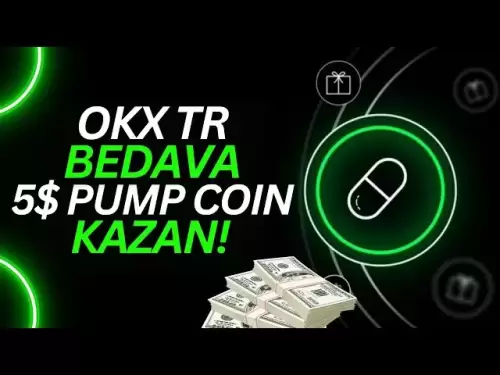-
 Bitcoin
Bitcoin $117400
-0.46% -
 Ethereum
Ethereum $3768
0.60% -
 XRP
XRP $3.551
2.09% -
 Tether USDt
Tether USDt $1.000
0.00% -
 Solana
Solana $203.2
11.30% -
 BNB
BNB $770.9
1.92% -
 USDC
USDC $0.9999
0.01% -
 Dogecoin
Dogecoin $0.2709
-0.02% -
 Cardano
Cardano $0.9024
4.49% -
 TRON
TRON $0.3139
0.60% -
 Hyperliquid
Hyperliquid $45.60
-1.41% -
 Stellar
Stellar $0.4730
-1.34% -
 Sui
Sui $4.025
2.15% -
 Chainlink
Chainlink $19.79
2.19% -
 Hedera
Hedera $0.2724
-2.39% -
 Avalanche
Avalanche $25.93
3.05% -
 Bitcoin Cash
Bitcoin Cash $524.0
-1.83% -
 Shiba Inu
Shiba Inu $0.00001558
0.50% -
 Litecoin
Litecoin $116.7
-0.30% -
 UNUS SED LEO
UNUS SED LEO $8.996
0.00% -
 Toncoin
Toncoin $3.334
1.83% -
 Polkadot
Polkadot $4.506
0.34% -
 Uniswap
Uniswap $10.99
4.83% -
 Ethena USDe
Ethena USDe $1.001
0.03% -
 Pepe
Pepe $0.00001461
3.17% -
 Monero
Monero $320.3
-1.01% -
 Bitget Token
Bitget Token $4.935
0.36% -
 Dai
Dai $0.9998
0.00% -
 Aave
Aave $322.4
-1.25% -
 Bittensor
Bittensor $455.6
9.33%
How to profit from the Bitcoin futures funding rate?
The Bitcoin futures funding rate rewards traders holding positions aligned with market sentiment, offering profit opportunities every 8 hours based on price divergence from the spot market.
Jul 17, 2025 at 09:56 am
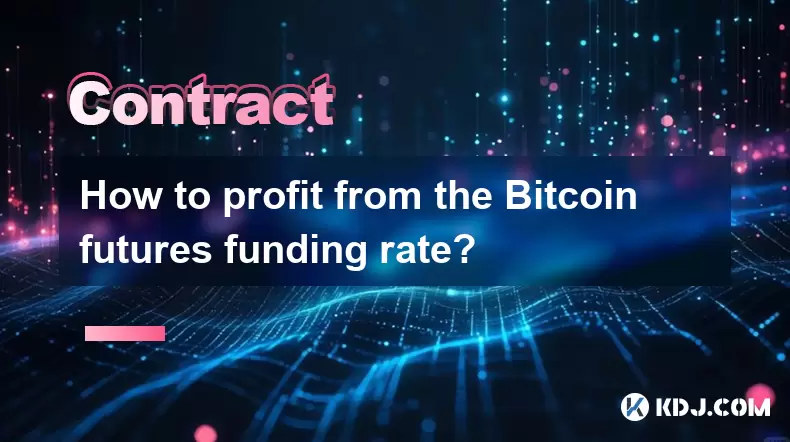
Understanding Bitcoin Futures Funding Rate
The Bitcoin futures funding rate is a periodic payment made to either long or short traders on perpetual contracts. Unlike traditional futures, which have an expiration date, perpetual contracts are open-ended and use the funding rate mechanism to tether their price to the spot market. This rate fluctuates based on the difference between the perpetual contract price and the spot price of Bitcoin.
When the perpetual contract trades above the spot price (indicating more bullish sentiment), longs pay shorts. Conversely, when it trades below, shorts pay longs. The funding rate is typically calculated every 8 hours and is expressed as a percentage. Traders can profit from this system by taking positions that benefit from positive funding payments.
How the Funding Rate Is Calculated
Each exchange has its own method for calculating the funding rate, but most follow a similar structure. The formula usually involves two components: the interest rate offset and the price premium. The interest rate offset accounts for the risk-free return (often tied to USD interest rates), while the price premium reflects the deviation between the perpetual contract and the spot price.
For example, if the funding rate is +0.01%, long holders will pay shorts 0.01% of their position value every funding interval. If the rate is -0.01%, shorts will pay longs the same amount. Understanding these dynamics allows traders to anticipate potential earnings or costs associated with holding positions.
Strategies to Profit from Positive Funding Rates
Traders can exploit the funding rate mechanism through several strategies. One popular approach is carrying a position in line with the prevailing funding rate. For instance, during periods of strong bullish momentum, funding rates tend to be positive. In such cases, opening a short position allows traders to collect regular funding payments.
Another strategy involves arbitrage between exchanges. Funding rates vary across platforms due to differences in liquidity and user behavior. By simultaneously holding opposing positions on different exchanges, traders can capture the differential without exposure to Bitcoin's directional movement. This requires careful monitoring and execution to ensure profitability after fees.
Holding Positions During High Funding Periods
Timing plays a crucial role in maximizing profits from the funding rate. Certain market conditions, such as bull runs or heightened volatility, often lead to elevated funding rates. During these times, holding a position aligned with the funding flow becomes lucrative.
For example, during a strong upward trend, longs may continue to enter the market, pushing the perpetual contract price higher than the spot. Shorts who remain in the trade during these intervals receive recurring funding payments. It’s essential to monitor funding rate history and anticipate shifts to avoid losses when sentiment changes.
Automating Funding Rate Arbitrage
Sophisticated traders use bots and scripts to automate funding rate arbitrage opportunities. These systems continuously scan multiple exchanges for discrepancies in funding rates and execute trades accordingly. Automation ensures rapid response to changing conditions and minimizes emotional decision-making.
To set up a basic funding rate bot:
- Choose exchanges with reliable API access.
- Monitor real-time funding data feeds.
- Program entry and exit logic based on funding rate thresholds.
- Implement risk controls to prevent excessive exposure.
Automated systems require thorough backtesting and ongoing maintenance to ensure they perform as expected under varying market conditions.
Risks and Considerations When Trading Funding Rates
While profiting from the Bitcoin futures funding rate is viable, it comes with risks. Market volatility can quickly reverse funding flows, turning a profitable position into a loss-making one. Additionally, exchange-specific factors, such as liquidity crunches or sudden regulatory changes, can impact execution quality.
Traders should also account for trading fees, slippage, and margin requirements. These costs can erode profits, especially in tight-margin strategies like arbitrage. Using stop-loss orders and maintaining adequate capital reserves helps mitigate unexpected moves.
Frequently Asked Questions
What happens if I don’t hold a position during a funding rate payout?
If you do not hold a position at the time of the funding rate calculation, you neither receive nor pay any funds. Funding is only applied to open positions at the designated timestamp.
Can funding rates be predicted accurately?
Funding rates are influenced by market sentiment, volatility, and order book imbalances. While historical trends and technical analysis can offer insights, accurate prediction remains challenging due to the dynamic nature of cryptocurrency markets.
Do all exchanges offer the same funding rate for Bitcoin futures?
No, funding rates differ across exchanges due to variations in trading volume, liquidity, and user behavior. It is common for some platforms to have higher or lower rates compared to others at any given time.
How frequently are Bitcoin futures funding rates updated?
Most exchanges update funding rates every 8 hours, although the exact timing can vary. Traders should check the specific schedule of the platform they are using to align their strategies accordingly.
Disclaimer:info@kdj.com
The information provided is not trading advice. kdj.com does not assume any responsibility for any investments made based on the information provided in this article. Cryptocurrencies are highly volatile and it is highly recommended that you invest with caution after thorough research!
If you believe that the content used on this website infringes your copyright, please contact us immediately (info@kdj.com) and we will delete it promptly.
- MoonBull's Whitelist Mania: Your Last Shot at 100x Crypto Gains?
- 2025-07-22 10:30:12
- Meme Coins in 2025: Explosive Gains or Fading Fad?
- 2025-07-22 10:30:12
- Kim Keon-hee Crypto Probe: Scandal Rocks South Korea's Political Scene
- 2025-07-22 10:50:12
- ETH Holders in Profit: Value Surge Fuels Bullish Sentiment
- 2025-07-22 09:30:13
- NEAR Protocol's AI Leap: Double-Digit Gains and Future Potential
- 2025-07-22 09:30:13
- Cryptos, Meme Coins, Buy Now: Riding the Wave of Hype
- 2025-07-22 08:30:13
Related knowledge

What is a maker vs a taker fee?
Jul 19,2025 at 01:14am
Understanding the Basics of Cryptocurrency Exchange FeesIn the world of cryptocurrency trading, maker vs taker fees are a fundamental concept that eve...
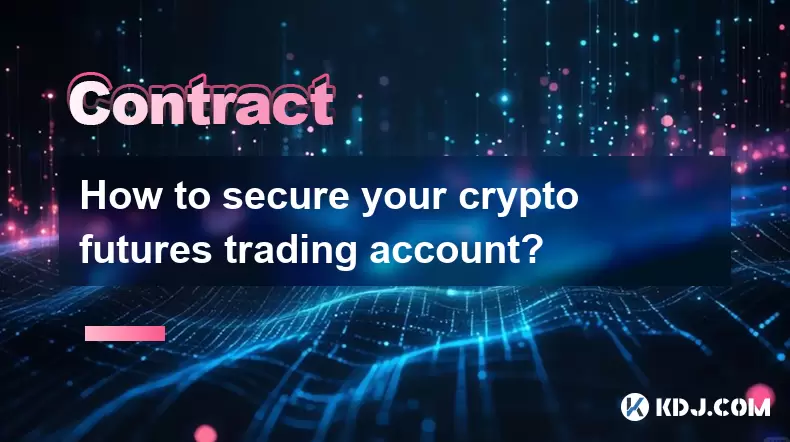
How to secure your crypto futures trading account?
Jul 21,2025 at 11:42pm
Understanding the Risks in Crypto Futures TradingCrypto futures trading involves significant risks due to market volatility and leverage. Your trading...
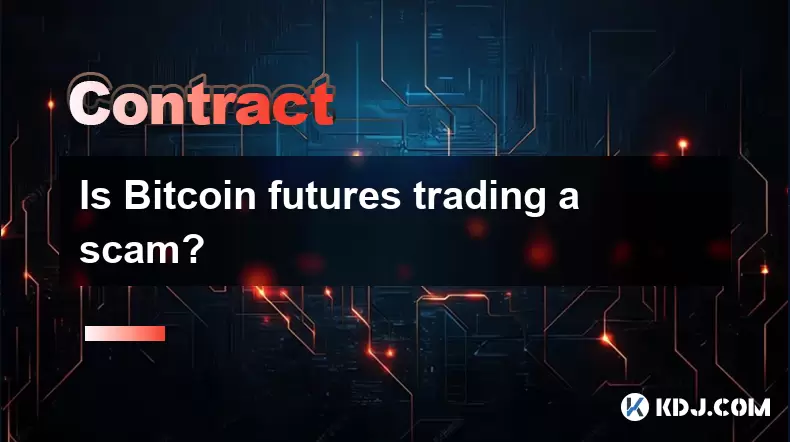
Is Bitcoin futures trading a scam?
Jul 22,2025 at 01:42am
Understanding Bitcoin Futures TradingBitcoin futures trading refers to the process of buying and selling contracts that derive their value from the fu...

How to analyze Bitcoin futures data from CME?
Jul 19,2025 at 05:22pm
Understanding Bitcoin Futures on CMEBitcoin futures on the CME Group (Chicago Mercantile Exchange) represent a regulated financial instrument that all...
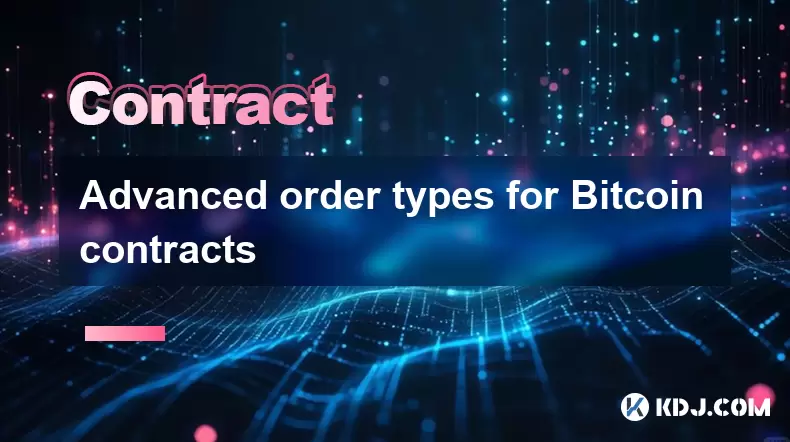
Advanced order types for Bitcoin contracts
Jul 21,2025 at 01:14pm
Understanding Advanced Order Types in Bitcoin ContractsIn the world of Bitcoin futures trading, advanced order types play a crucial role in managing r...
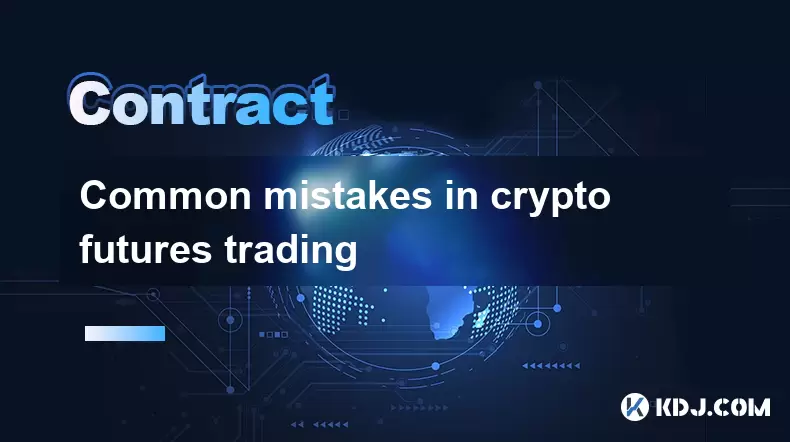
Common mistakes in crypto futures trading
Jul 20,2025 at 09:56pm
Overleveraging Without Risk ManagementOne of the most common mistakes in crypto futures trading is overleveraging. Traders often believe that using hi...

What is a maker vs a taker fee?
Jul 19,2025 at 01:14am
Understanding the Basics of Cryptocurrency Exchange FeesIn the world of cryptocurrency trading, maker vs taker fees are a fundamental concept that eve...

How to secure your crypto futures trading account?
Jul 21,2025 at 11:42pm
Understanding the Risks in Crypto Futures TradingCrypto futures trading involves significant risks due to market volatility and leverage. Your trading...

Is Bitcoin futures trading a scam?
Jul 22,2025 at 01:42am
Understanding Bitcoin Futures TradingBitcoin futures trading refers to the process of buying and selling contracts that derive their value from the fu...

How to analyze Bitcoin futures data from CME?
Jul 19,2025 at 05:22pm
Understanding Bitcoin Futures on CMEBitcoin futures on the CME Group (Chicago Mercantile Exchange) represent a regulated financial instrument that all...

Advanced order types for Bitcoin contracts
Jul 21,2025 at 01:14pm
Understanding Advanced Order Types in Bitcoin ContractsIn the world of Bitcoin futures trading, advanced order types play a crucial role in managing r...

Common mistakes in crypto futures trading
Jul 20,2025 at 09:56pm
Overleveraging Without Risk ManagementOne of the most common mistakes in crypto futures trading is overleveraging. Traders often believe that using hi...
See all articles

























